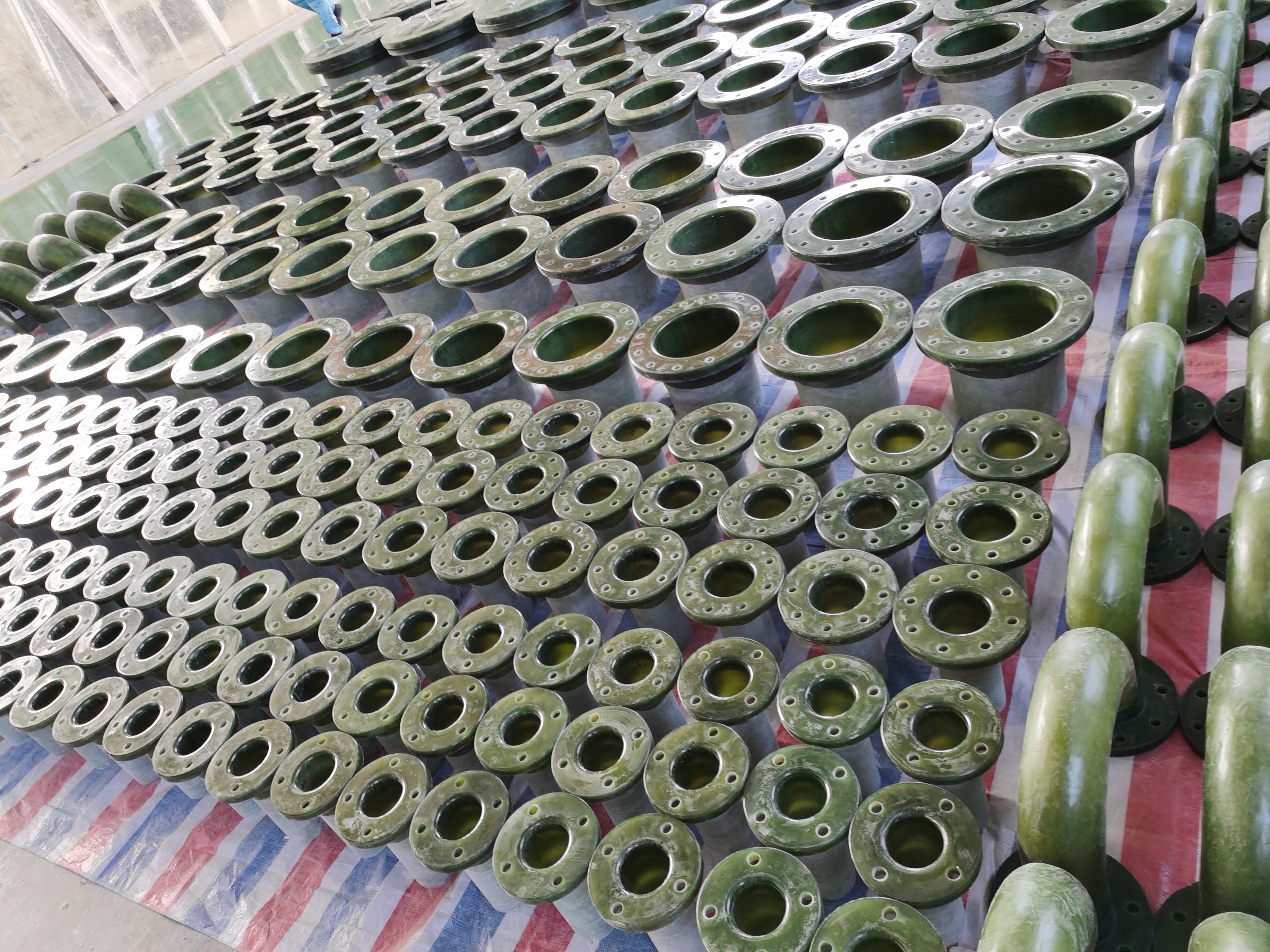
-
 Afrikaans
Afrikaans -
 Albanian
Albanian -
 Amharic
Amharic -
 Arabic
Arabic -
 Armenian
Armenian -
 Azerbaijani
Azerbaijani -
 Basque
Basque -
 Belarusian
Belarusian -
 Bengali
Bengali -
 Bosnian
Bosnian -
 Bulgarian
Bulgarian -
 Catalan
Catalan -
 Cebuano
Cebuano -
 China
China -
 China (Taiwan)
China (Taiwan) -
 Corsican
Corsican -
 Croatian
Croatian -
 Czech
Czech -
 Danish
Danish -
 Dutch
Dutch -
 English
English -
 Esperanto
Esperanto -
 Estonian
Estonian -
 Finnish
Finnish -
 French
French -
 Frisian
Frisian -
 Galician
Galician -
 Georgian
Georgian -
 German
German -
 Greek
Greek -
 Gujarati
Gujarati -
 Haitian Creole
Haitian Creole -
 hausa
hausa -
 hawaiian
hawaiian -
 Hebrew
Hebrew -
 Hindi
Hindi -
 Miao
Miao -
 Hungarian
Hungarian -
 Icelandic
Icelandic -
 igbo
igbo -
 Indonesian
Indonesian -
 irish
irish -
 Italian
Italian -
 Japanese
Japanese -
 Javanese
Javanese -
 Kannada
Kannada -
 kazakh
kazakh -
 Khmer
Khmer -
 Rwandese
Rwandese -
 Korean
Korean -
 Kurdish
Kurdish -
 Kyrgyz
Kyrgyz -
 Lao
Lao -
 Latin
Latin -
 Latvian
Latvian -
 Lithuanian
Lithuanian -
 Luxembourgish
Luxembourgish -
 Macedonian
Macedonian -
 Malgashi
Malgashi -
 Malay
Malay -
 Malayalam
Malayalam -
 Maltese
Maltese -
 Maori
Maori -
 Marathi
Marathi -
 Mongolian
Mongolian -
 Myanmar
Myanmar -
 Nepali
Nepali -
 Norwegian
Norwegian -
 Norwegian
Norwegian -
 Occitan
Occitan -
 Pashto
Pashto -
 Persian
Persian -
 Polish
Polish -
 Portuguese
Portuguese -
 Punjabi
Punjabi -
 Romanian
Romanian -
 Russian
Russian -
 Samoan
Samoan -
 Scottish Gaelic
Scottish Gaelic -
 Serbian
Serbian -
 Sesotho
Sesotho -
 Shona
Shona -
 Sindhi
Sindhi -
 Sinhala
Sinhala -
 Slovak
Slovak -
 Slovenian
Slovenian -
 Somali
Somali -
 Spanish
Spanish -
 Sundanese
Sundanese -
 Swahili
Swahili -
 Swedish
Swedish -
 Tagalog
Tagalog -
 Tajik
Tajik -
 Tamil
Tamil -
 Tatar
Tatar -
 Telugu
Telugu -
 Thai
Thai -
 Turkish
Turkish -
 Turkmen
Turkmen -
 Ukrainian
Ukrainian -
 Urdu
Urdu -
 Uighur
Uighur -
 Uzbek
Uzbek -
 Vietnamese
Vietnamese -
 Welsh
Welsh -
 Bantu
Bantu -
 Yiddish
Yiddish -
 Yoruba
Yoruba -
 Zulu
Zulu
CPVC FRP Pipe as an Optimal Solution for Industrial Use and Applications
CPVC FRP Pipe A Reliable Choice for Industrial Applications
In today's industrial landscape, efficiency and durability are paramount. For many sectors, the choice of piping material can significantly influence operational effectiveness, safety, and cost efficiency. One such material that has gained prominence is CPVC (Chlorinated Polyvinyl Chloride) Fiberglass Reinforced Plastic (FRP) pipe. This composite material combines the advantages of both CPVC and fiberglass, making it an excellent option for various industrial applications.
Durability and Chemical Resistance
One of the standout features of CPVC FRP pipes is their remarkable chemical resistance. CPVC inherently possesses a high resistance to a wide range of chemicals, thereby making it suitable for transporting aggressive substances in chemical processing industries. When reinforced with fiberglass, the strength and impact resistance significantly improve, allowing these pipes to withstand harsh environmental conditions without degrading or compromising structural integrity.
The fiberglass reinforcement also enhances the mechanical properties of CPVC, resulting in pipes that can endure high pressures and temperature fluctuations. This durability reduces the likelihood of failures, leakage, and unplanned downtime—critical factors in maintaining operational efficiency in industrial settings.
Lightweight and Easy to Install
CPVC FRP pipes are considerably lighter than traditional metal piping systems. This characteristic translates into easier handling and reduced installation costs. The lightweight nature of these pipes allows for simpler logistics during transport and installation, thereby minimizing labor costs and time associated with setting up a piping system.
Given their ease of installation, industries can achieve faster project completions, allowing them to respond swiftly to market demands or necessary upgrades
. This agility is particularly beneficial in sectors where time is a critical factor, such as pharmaceuticals and food processing.cpvc frp pipe a reliable choice for industrial applications ...

Cost-Effectiveness
When evaluating the total cost of ownership, CPVC FRP pipes emerge as a cost-effective solution. While the initial investment might be comparable or slightly higher than alternative materials, the long-term savings are significant. The combination of low maintenance needs, resistance to corrosion, and extended service life results in reduced replacement and maintenance costs over time.
Moreover, their energy efficiency adds another layer of cost savings. CPVC FRP pipes possess lower thermal conductivity than metal pipes, which means better insulation properties and lower energy costs associated with heating or cooling transported fluids.
Versatility Across Industries
The versatility of CPVC FRP pipes makes them suitable for a wide range of industries, including chemical manufacturing, wastewater management, pulp and paper, and food and beverage. Their capability to handle various fluids—ranging from corrosive chemicals to potable water—highlights their adaptability and reliability.
Furthermore, as industries focus on sustainability, the use of CPVC FRP pipes aligns with environmental goals. They are often manufactured in a way that minimizes waste and energy consumption, contributing to a reduced carbon footprint during the life cycle of the product.
Conclusion
In summary, CPVC FRP pipes represent a reliable choice for diverse industrial applications due to their durability, chemical resistance, lightweight nature, cost-effectiveness, and versatility. As industries continue to seek materials that not only perform exceptionally but also contribute to sustainability goals, CPVC FRP pipes are poised to play a pivotal role in future industrial infrastructure. Their advantages make them a preferred option for operations where reliability and efficiency are paramount.









